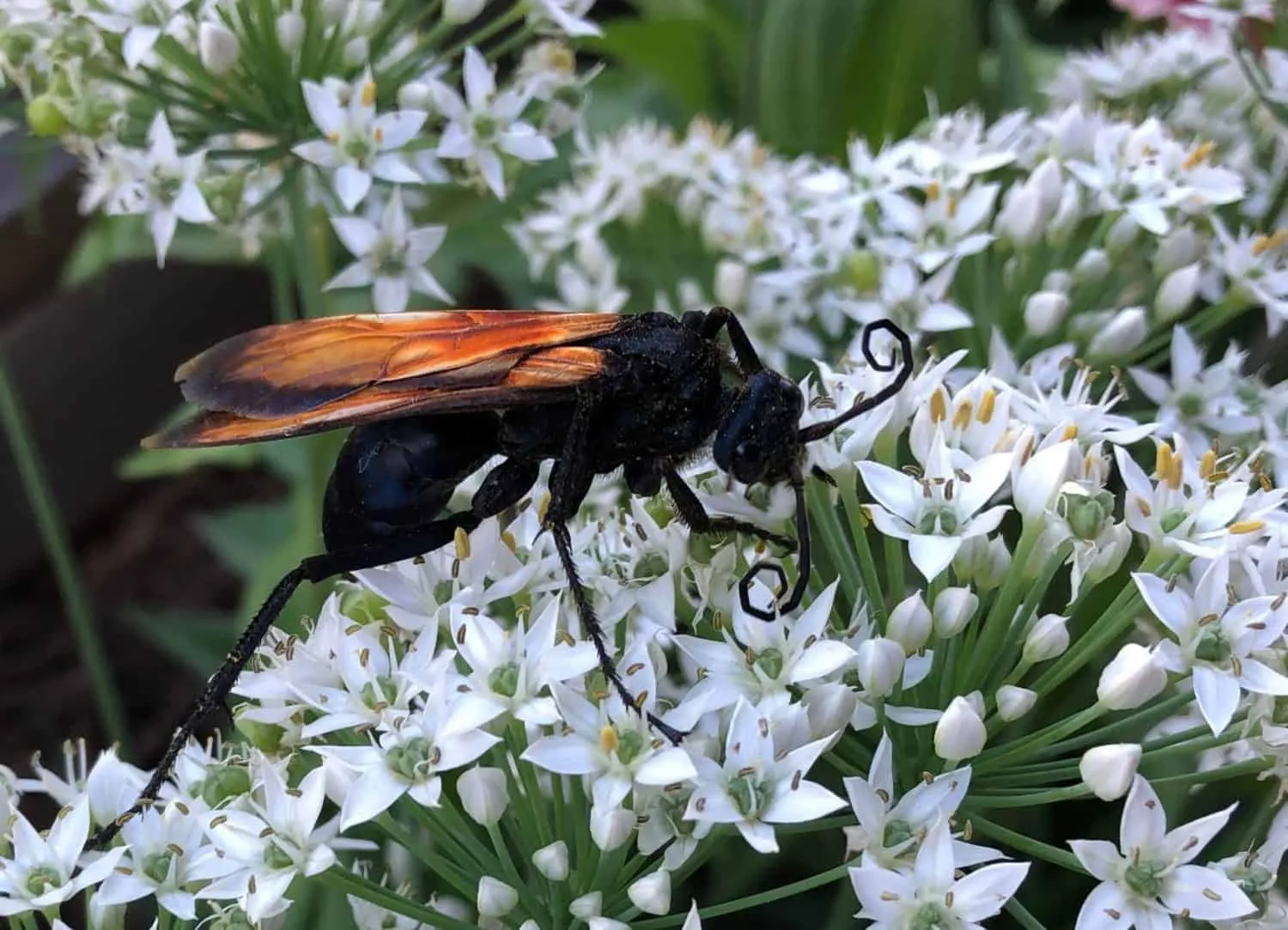What is Tarantula Hatching
Tarantula hatching is an extraordinary biological process, marking the beginning of a new generation of these fascinating arachnids. This process, from mating to the emergence of tiny spiderlings, involves a series of intricate steps and critical environmental factors. It’s a captivating journey for any tarantula enthusiast, offering a unique insight into the life cycle of these creatures. Understanding the process is crucial for anyone looking to breed tarantulas responsibly, ensuring the health and survival of both the adult tarantulas and their offspring. This involves understanding the needs of the tarantulas and creating a suitable environment for mating, egg sac development, and finally, the hatching of the spiderlings. This article will delve into the key aspects of this process, providing you with a comprehensive guide to this amazing phenomenon.
The Mating Process
The mating process in tarantulas is a delicate and often risky undertaking, requiring careful observation and preparation by the breeder. The timing is crucial, as it often depends on the species and environmental conditions. Typically, it begins with the male tarantula creating a sperm web, a small silken mat where he deposits his sperm. He then collects the sperm with his pedipalps, the small appendages near his mouth. After this, the male seeks out a receptive female. This encounter is often filled with elaborate courtship rituals, designed to signal the male’s intentions and hopefully avoid becoming a meal. The successful mating is a crucial step, setting the stage for the creation of the egg sac and the eventual hatching of spiderlings. However, it’s a stressful event, and sometimes the female may attack the male, so it’s important to keep a close eye on the process.
The Male Tarantula’s Role
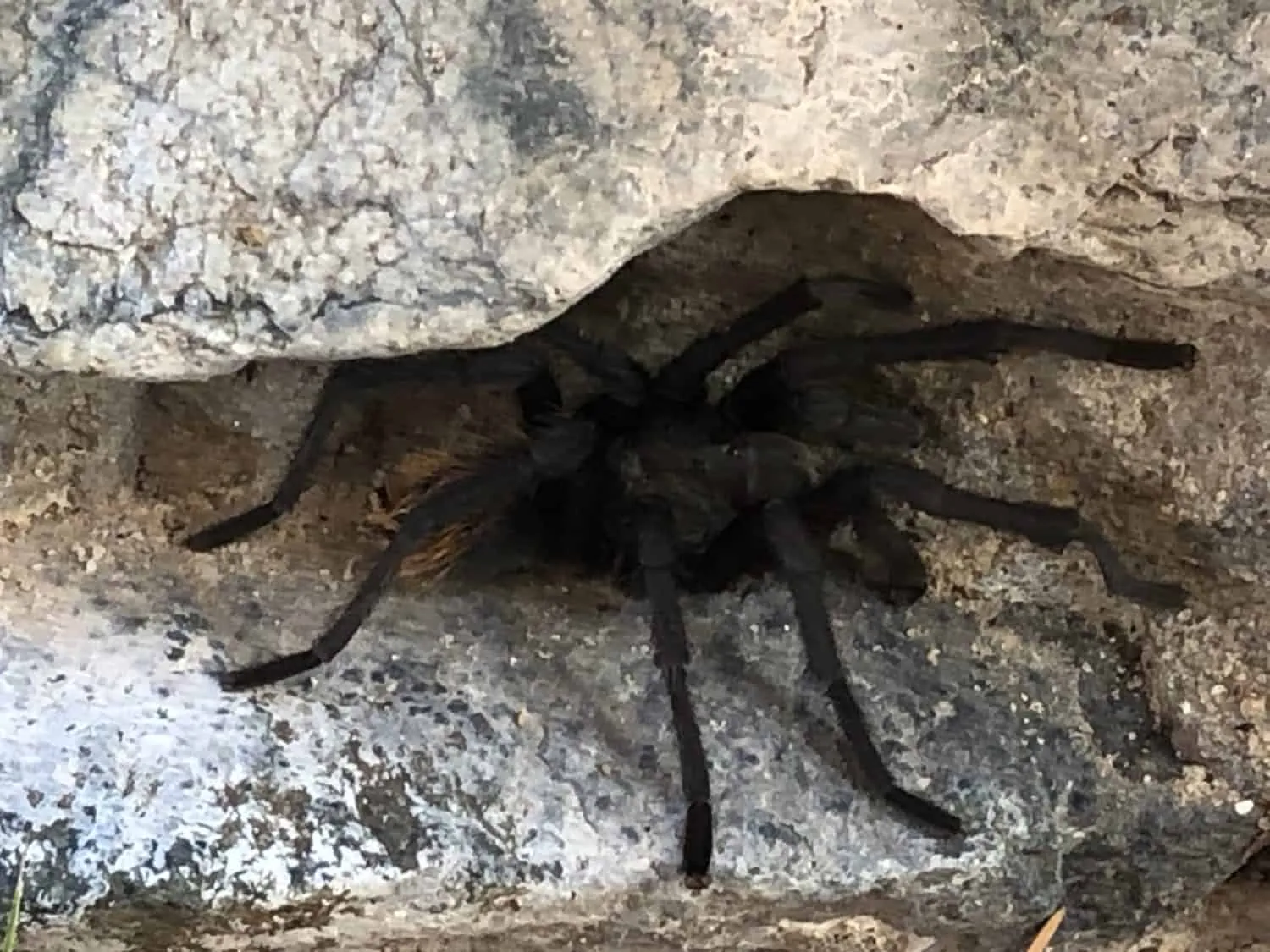
The male tarantula’s role is primarily focused on sperm transfer. Once he has matured and completed his final molt, the male constructs a sperm web. This is a crucial step where he deposits his sperm. The male then uses his pedipalps to pick up the sperm. The male tarantula’s life is often short after mating. His primary role is to pass on his genes. The success of this process is highly dependent on his ability to avoid being eaten by the female. Breeders often carefully manage the mating process to reduce this risk, but it is not always successful. Careful preparation is required to give the male the best chance of survival, which, ultimately, is a genetic success.
The Female Tarantula’s Role
The female tarantula’s role is more extensive. She must accept the male and carry out the fertilization process. She is responsible for the creation and protection of the egg sac, a vital part of the hatching process. The female tarantula also provides a safe environment for the developing eggs, which is often a complex process dependent on the species. Once the eggs hatch, she may also provide some initial care for the spiderlings, though this varies among different tarantula species. Her health and well-being are critical to the success of the hatching process. Ensuring the female is well-fed and in a stress-free environment is key to a successful clutch of spiderlings. Also, it is important to give the female a high quality diet during this time, and to ensure she has adequate access to water.
Egg Sac and Incubation
After successful mating, the female tarantula will create an egg sac, which is essentially a silken pouch designed to protect her eggs. The incubation period varies by species, but during this time, the female carefully guards and tends to the egg sac. The conditions inside the egg sac, such as temperature and humidity, are critical to the development of the eggs. The female will often turn the egg sac, ensuring even development. The breeder must provide an appropriate environment that replicates the female’s needs to increase the probability of success. This entire process, from egg laying to hatching, can take several weeks or even months, depending on the tarantula species.
Creating the Egg Sac
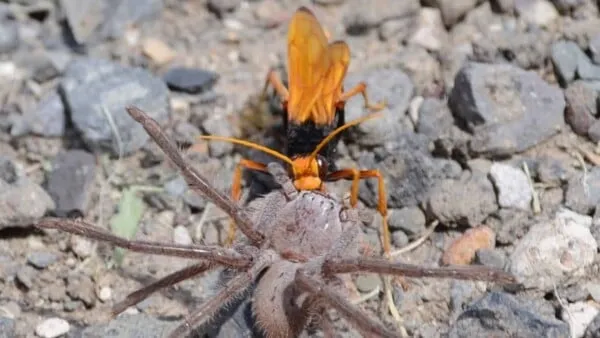
The creation of the egg sac is a marvel of nature. The female tarantula spins a silken pouch, within which she deposits her fertilized eggs. The silk is incredibly strong and serves to protect the eggs from external threats. The size and shape of the egg sac vary among tarantula species, but the fundamental process is the same. The female meticulously arranges the eggs within the sac, ensuring they are properly positioned for development. The egg sac is carefully sealed, providing a microclimate for the developing embryos. The female’s health and the quality of the silk are crucial factors. The female provides a safe environment to maximize the chance of survival for the eggs. The female will generally guard the egg sac until it hatches, rarely leaving its side.
Incubation Period
The incubation period, or the time it takes for the eggs to hatch, varies based on the species of tarantula, environmental factors, and the tarantula’s health. The eggs undergo a series of developmental stages within the egg sac. During this period, the female carefully protects the sac. She will regulate the temperature and humidity, ensuring optimal conditions for the eggs to thrive. The incubation period can range from a few weeks to several months. Breeders often monitor the egg sac closely during this time, observing any changes and ensuring the environment is suitable for the eggs. Success depends on the breeder and female maintaining the proper environmental parameters.
5 Amazing Facts About Hatching Tarantulas
Fact 1: The Number of Spiderlings
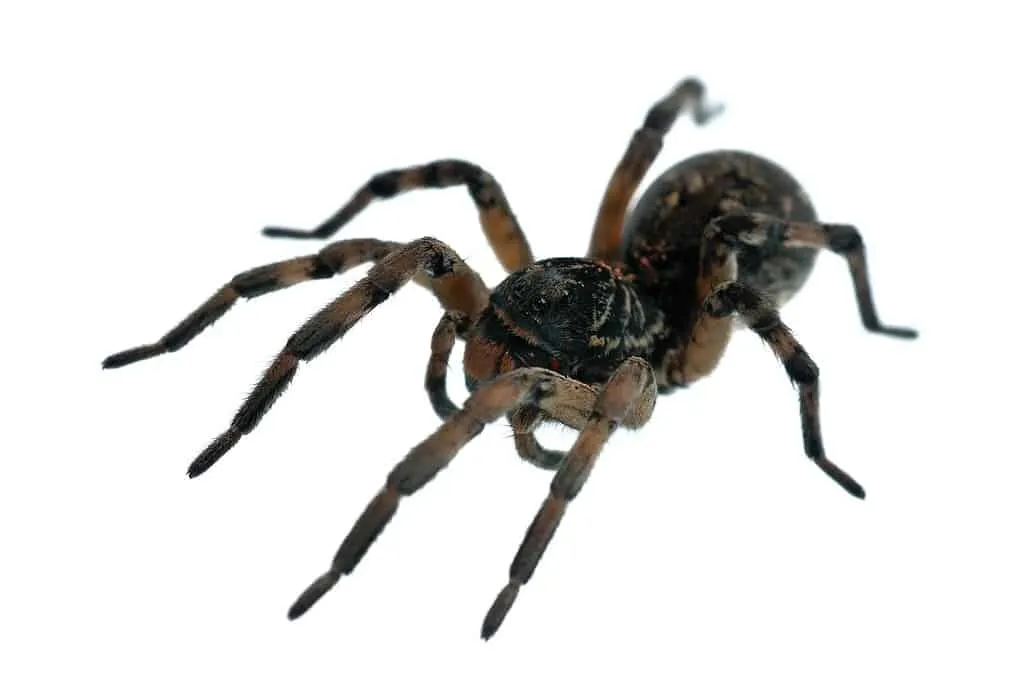
The number of spiderlings that hatch from a single egg sac can vary dramatically based on the tarantula species, the female’s health, and environmental factors. Some species may produce only a few dozen spiderlings, while others can yield hundreds or even thousands. The sheer number can be a striking aspect of the hatching process. This large number of spiderlings contributes to the survival rate, as many will not survive the initial stages of life. The number of spiderlings influences the care required for the hatchlings, as a large brood requires significant space and resources. Success in this area often relies on the breeder’s preparation and care practices.
Fact 2: The Vulnerability of Spiderlings
Newly hatched spiderlings, or spiderlings, are incredibly vulnerable. Their exoskeletons are soft, and their defenses are minimal. They are susceptible to various dangers. These include predators, dehydration, and disease. The spiderlings depend on the environment. They also rely on careful management by the breeder, during these critical early stages of life. Providing proper humidity, temperature, and nutrition are essential for ensuring their survival. The initial weeks and months are crucial, with a high mortality rate. The breeder must provide a safe and supportive environment, which will greatly influence their survival rate and their future. Careful observation and attention to detail are therefore crucial.
Fact 3: Cannibalism in Spiderlings
Cannibalism is a natural behavior that can occur among spiderlings, especially when resources are limited. It is a survival mechanism, where larger or stronger spiderlings may prey on weaker or smaller individuals. Factors that contribute to this behavior include overcrowding, food scarcity, and differences in size and development. Breeders must manage these factors carefully. They provide adequate space and food, to minimize the risk of cannibalism. The early stages of a tarantula’s life are a constant struggle for survival, and cannibalism is just one of the challenges. Careful planning and management are therefore vital to minimize loss and ensure the healthy development of the spiderlings.
Fact 4: The First Molt
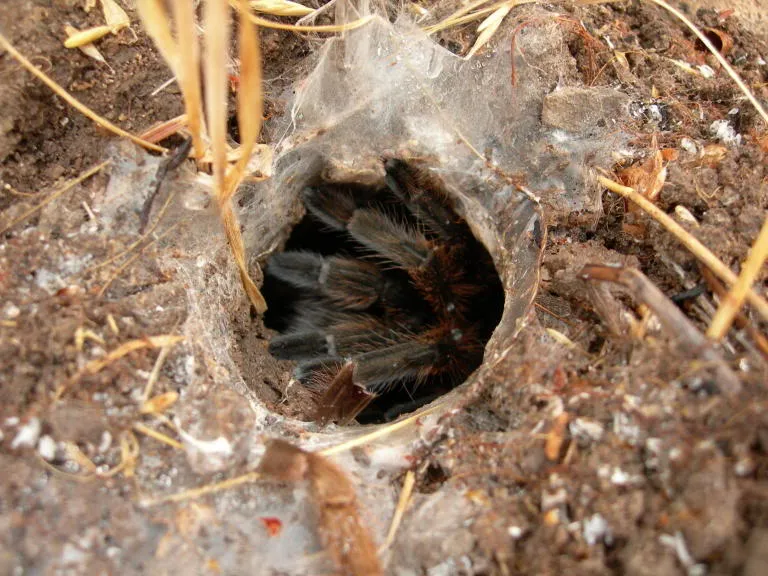
The first molt is a significant milestone in a spiderling’s life, marking the shedding of its old exoskeleton and the growth of a new one. This process is delicate, and the spiderling is extremely vulnerable during this time. The environmental conditions must be optimal, including proper humidity and a safe space to molt. The first molt typically occurs within a few weeks or months after hatching. It’s a sign that the spiderling is growing and developing. Successful molting is essential for the spiderling’s survival and further development. Breeders must closely monitor the spiderlings during this time to ensure they are molting successfully and without complications. The first molt is a significant step toward adulthood.
Fact 5: The Importance of Humidity
Humidity plays a critical role in the hatching process and the subsequent development of spiderlings. It is crucial for successful molting and overall health. Maintaining the correct humidity levels prevents dehydration. It also aids in the proper development of the exoskeleton. The breeder must provide a humid environment appropriate for the specific tarantula species. This often involves providing a water source and misting the enclosure regularly. The specific humidity requirements can vary depending on the species. Failure to maintain correct humidity levels can lead to molting problems, dehydration, and even death. Therefore, it is a vital aspect of tarantula care, and the breeder should monitor it closely. The success of tarantula hatching is directly influenced by humidity levels.
Caring for Hatchling Tarantulas
Housing and Setup
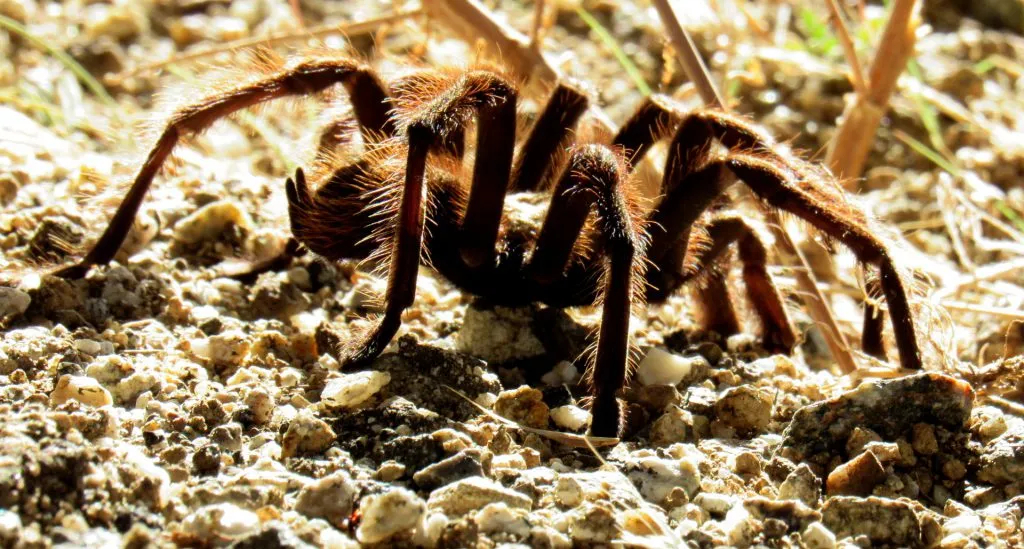
Providing the correct housing and setup is critical for the well-being of hatchling tarantulas. Spiderlings require small, secure enclosures with proper ventilation. The enclosure should be appropriately sized to prevent stress. A substrate should be provided to help maintain humidity and provide a suitable environment for burrowing, if the species is inclined to do so. A shallow water dish, or a water source should be accessible. The enclosure should be kept at the correct temperature and humidity levels, appropriate for the species. The use of proper housing materials is important to avoid introducing any harmful chemicals into the habitat. The setup should mimic the natural habitat of the tarantula. This will reduce stress and promote healthy development. This is a critical element of successful rearing of spiderlings.
Feeding Spiderlings
Feeding spiderlings requires a thoughtful approach, as they have specific nutritional needs. The food provided should be appropriately sized for the small spiderlings. Fruit flies and pinhead crickets are common options. It is important to offer a variety of food sources to ensure a balanced diet. The frequency of feeding depends on the spiderling’s age and species. It’s generally recommended to feed them daily or every other day, but it is crucial not to overfeed them. A consistent feeding schedule is essential for healthy growth. Providing fresh food is important to avoid any risk of disease. The breeder needs to be observant of the spiderling’s eating habits and adjust feeding based on its needs. Adequate nutrition is therefore fundamental for the survival and development of the spiderlings.
Monitoring Growth
Monitoring the growth of spiderlings is essential for assessing their health and development. Keep records of molting dates and body size. These observations will provide a complete picture of their progress. Look for any signs of stress, such as lethargy or loss of appetite. Careful observation is key to identifying potential problems early on. The breeder must monitor the spiderlings for any signs of illness or injury. Regular checks are essential to identify any issues. This includes the proper temperature and humidity levels within their enclosures. The breeder can then make appropriate adjustments to the care. Through close monitoring, the breeder can address potential issues and ensure the spiderlings grow and thrive. By monitoring the spiderlings regularly, a breeder can ensure their health, and take any action that may be needed.
Conclusion
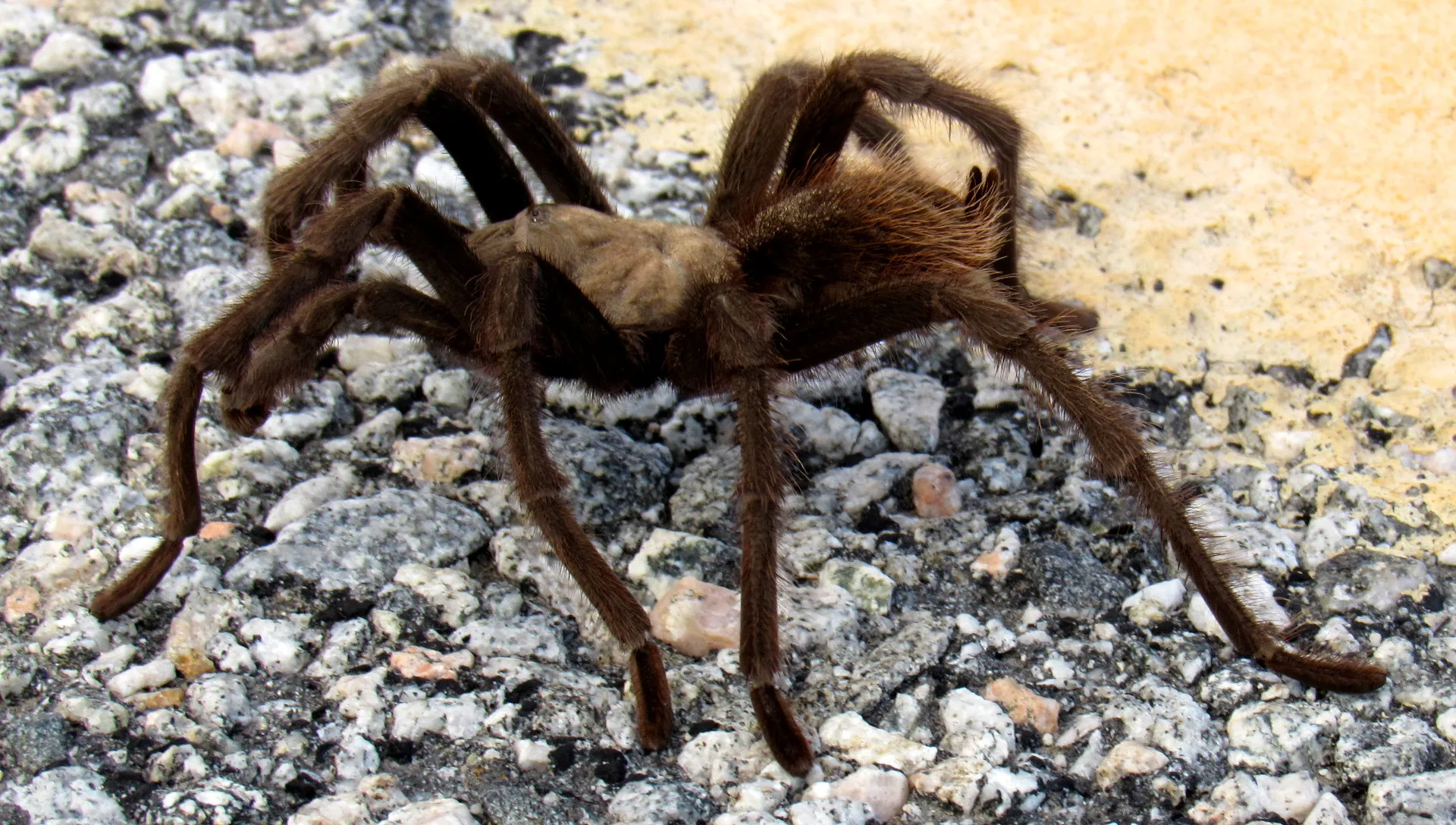
The tarantula hatching process is a fascinating journey, filled with delicate steps and crucial considerations. It is a rewarding experience for breeders. From the mating process to the care of spiderlings, each stage presents its own unique challenges and rewards. Understanding the biology, and the specific needs of each species, is vital for a successful outcome. By providing the proper environment, nutrition, and care, breeders can ensure the health and survival of these amazing creatures. The insights into the life cycle, offer a deeper appreciation for the natural world. Responsible breeding practices are essential for the conservation and appreciation of these remarkable arachnids. With careful planning and dedication, anyone can successfully experience the miracle of tarantula hatching, and contribute to the continuation of these unique species.
